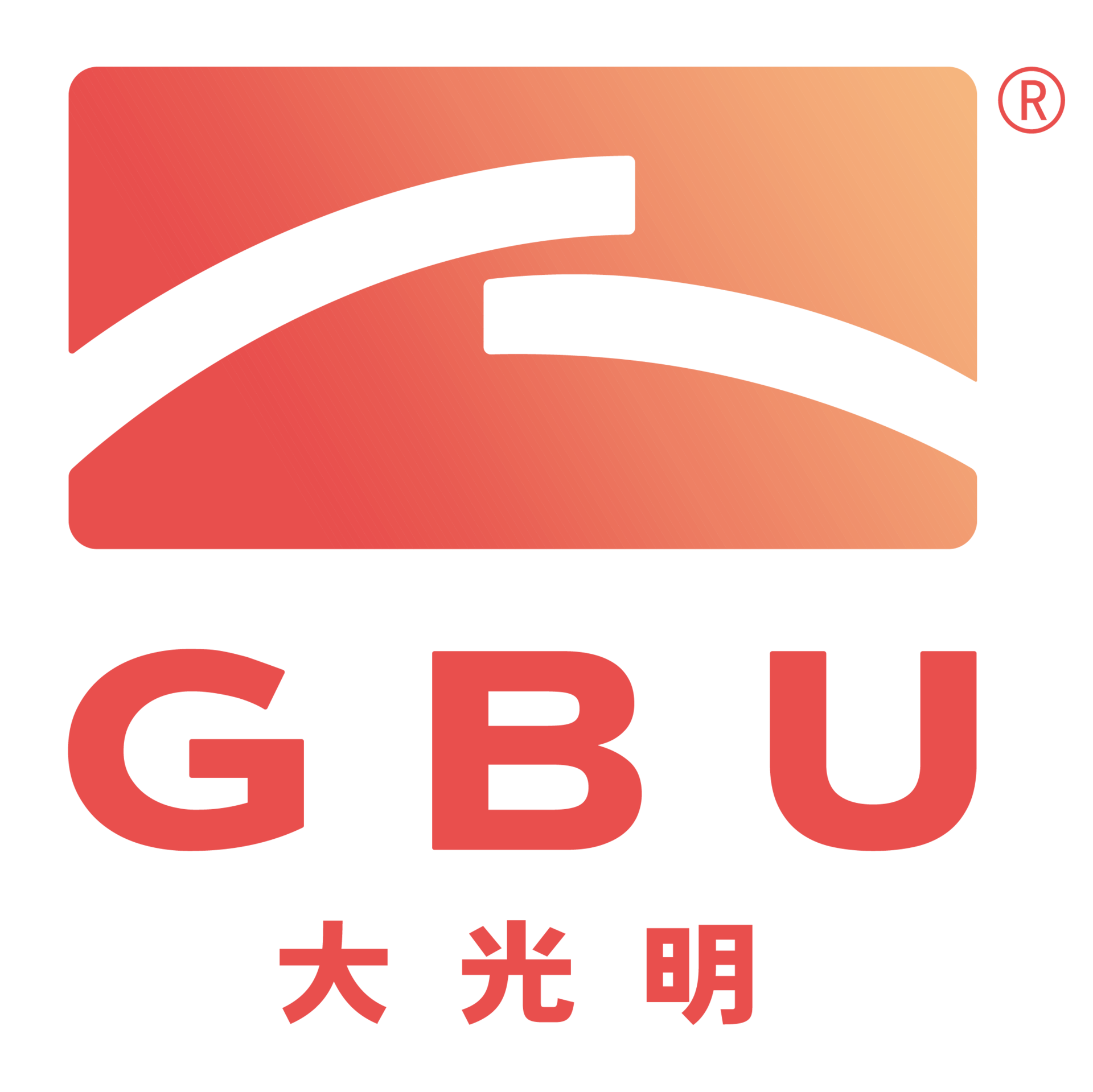|
|
Effective Umbrella Supplier Management: Strategies for Success时间:2024-12-11 In the competitive world of consumer goods, managing umbrella suppliers effectively is crucial for ensuring product quality, timely delivery, and cost efficiency. For businesses in this sector, a robust supplier management strategy can mean the difference between thriving in a market flooded with options or getting lost in the deluge. Here are key strategies to manage umbrella suppliers effectively. **1. Thorough Vendor Selection and Assessment The foundation of effective supplier management lies in selecting the right partners. Conduct comprehensive evaluations during the selection process, considering factors such as production capacity, quality certifications (e.g., ISO), environmental compliance, and ethical labor practices. Request samples, visit manufacturing facilities if possible, and assess their track record with other clients. A thorough due diligence process ensures that only reliable and capable suppliers make it into your supply chain. **2. Establish Clear Communication Channels Open and transparent communication is vital. Establish clear communication channels with your suppliers, including regular meetings, progress reports, and a dedicated point of contact within both organizations. This fosters trust, facilitates quick problem-solving, and ensures alignment on expectations regarding lead times, quality standards, and order volumes. **3. Implement Quality Control Measures Quality is paramount in the umbrella industry. Work closely with suppliers to establish stringent quality control procedures at every stage of production. This may include regular audits, third-party inspections, and adherence to international quality standards. Encourage suppliers to adopt continuous improvement practices and provide feedback loops for addressing any issues promptly. **4. Leverage Technology for Efficiency Embrace technology to streamline supplier management processes. Use enterprise resource planning (ERP) systems, supplier relationship management (SRM) software, and digital communication platforms to enhance visibility, track orders, manage inventory, and forecast demand accurately. Automation can reduce errors, improve response times, and facilitate data-driven decision-making. **5. Foster Long-Term Relationships
Building strong, long-term relationships with suppliers can lead to mutual benefits. Offer incentives for consistent performance, such as preferred supplier status or volume commitments, which can translate into better pricing and priority service. Engage in joint planning and development projects to innovate together, creating a collaborative environment that encourages growth for both parties. **6. Diversify Your Supplier Base While nurturing strong relationships, it's also prudent to diversify your supplier base to mitigate risks associated with over-reliance on a single source. Having multiple suppliers for critical components or services ensures business continuity in case of supply chain disruptions. It also provides leverage in negotiating terms and prices. **7. Monitor Market Trends and Innovations Stay abreast of industry trends, technological advancements, and emerging materials that could impact your product offerings or production processes. Encourage your suppliers to share insights and collaborate on R&D initiatives. Being at the forefront of innovation not only enhances your competitive edge but also strengthens your position as a forward-thinking partner to your suppliers. **8. Ethical Sourcing and Sustainability Consumers increasingly value ethical sourcing and sustainability. Ensure your suppliers adhere to responsible sourcing practices, fair labor standards, and environmental conservation efforts. This not only aligns with corporate social responsibility goals but also enhances brand reputation and customer loyalty. Conclusion: A Strategic Approach to Supplier Management Effective umbrella supplier management requires a strategic approach that balances rigorous selection, thorough communication, robust quality control, leveraging technology, fostering long-term relationships, diversifying the supplier base, staying abreast of industry trends, and committing to ethical sourcing. By implementing these strategies, businesses can navigate the complexities of the umbrella supply chain, ensuring they deliver high-quality products that meetwhile maintaining operational efficiency and sustainability. In doing so, they not only secure their position in the market but also contribute positively to the broader ecosystem they operate within.
|
|
|













